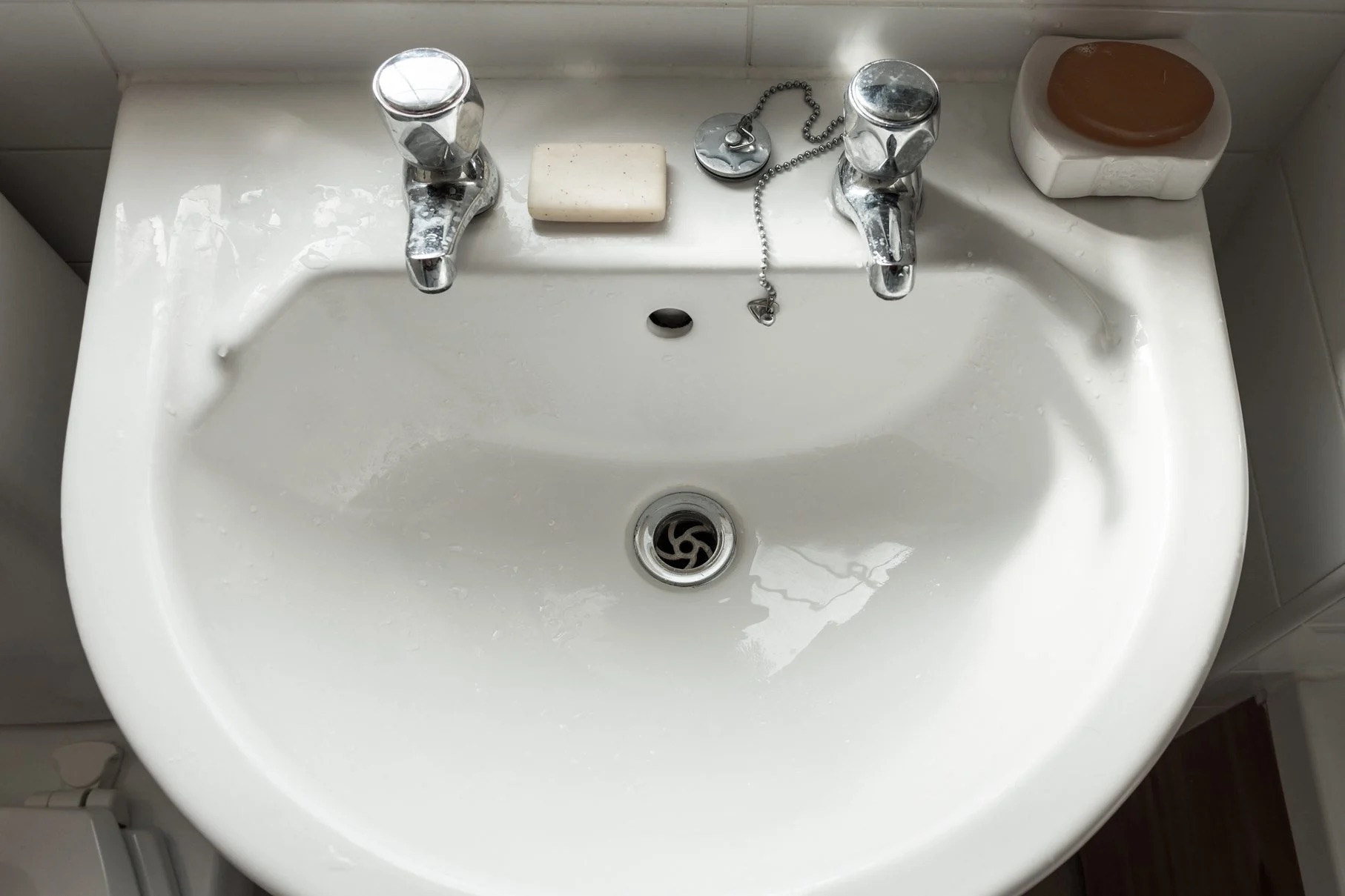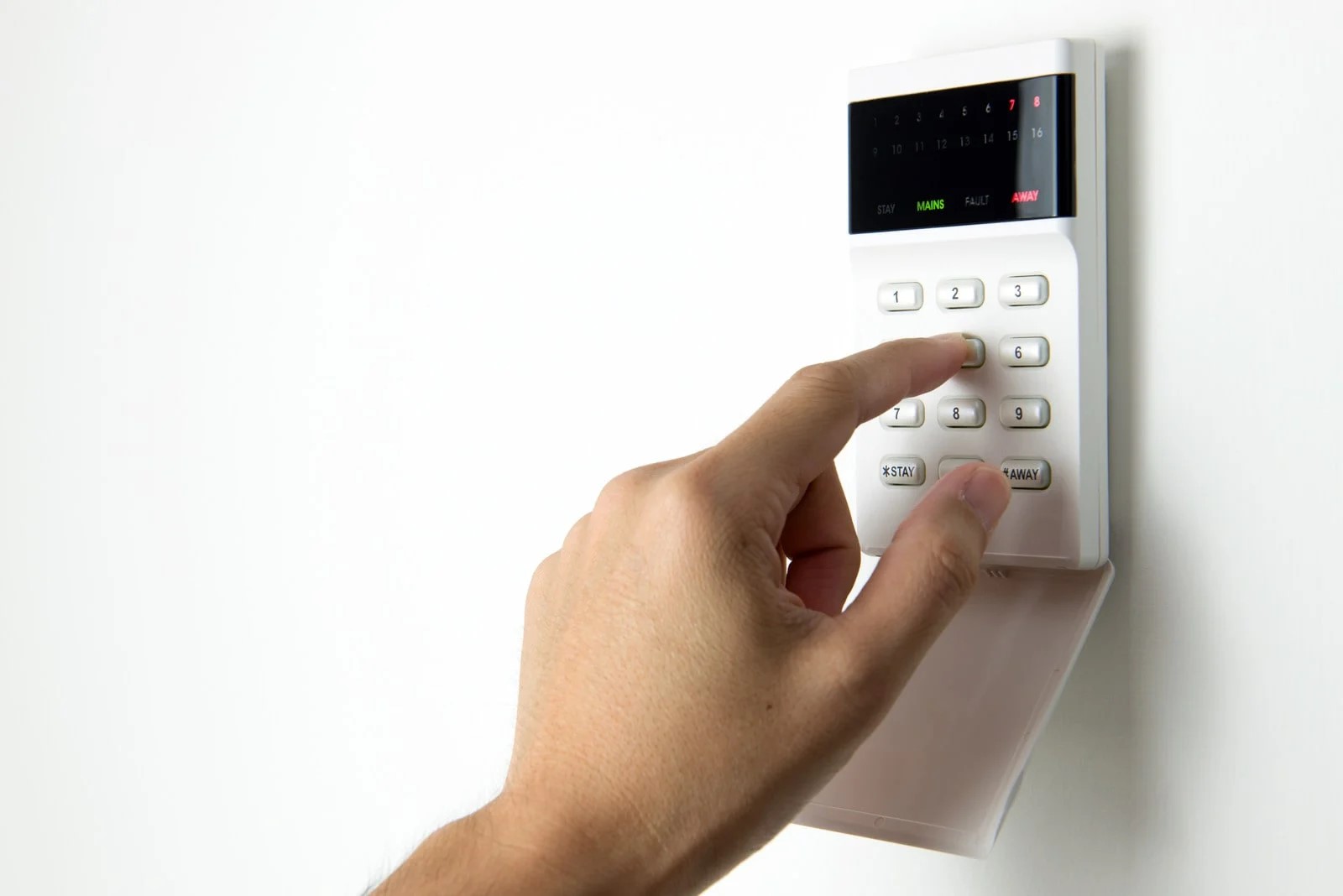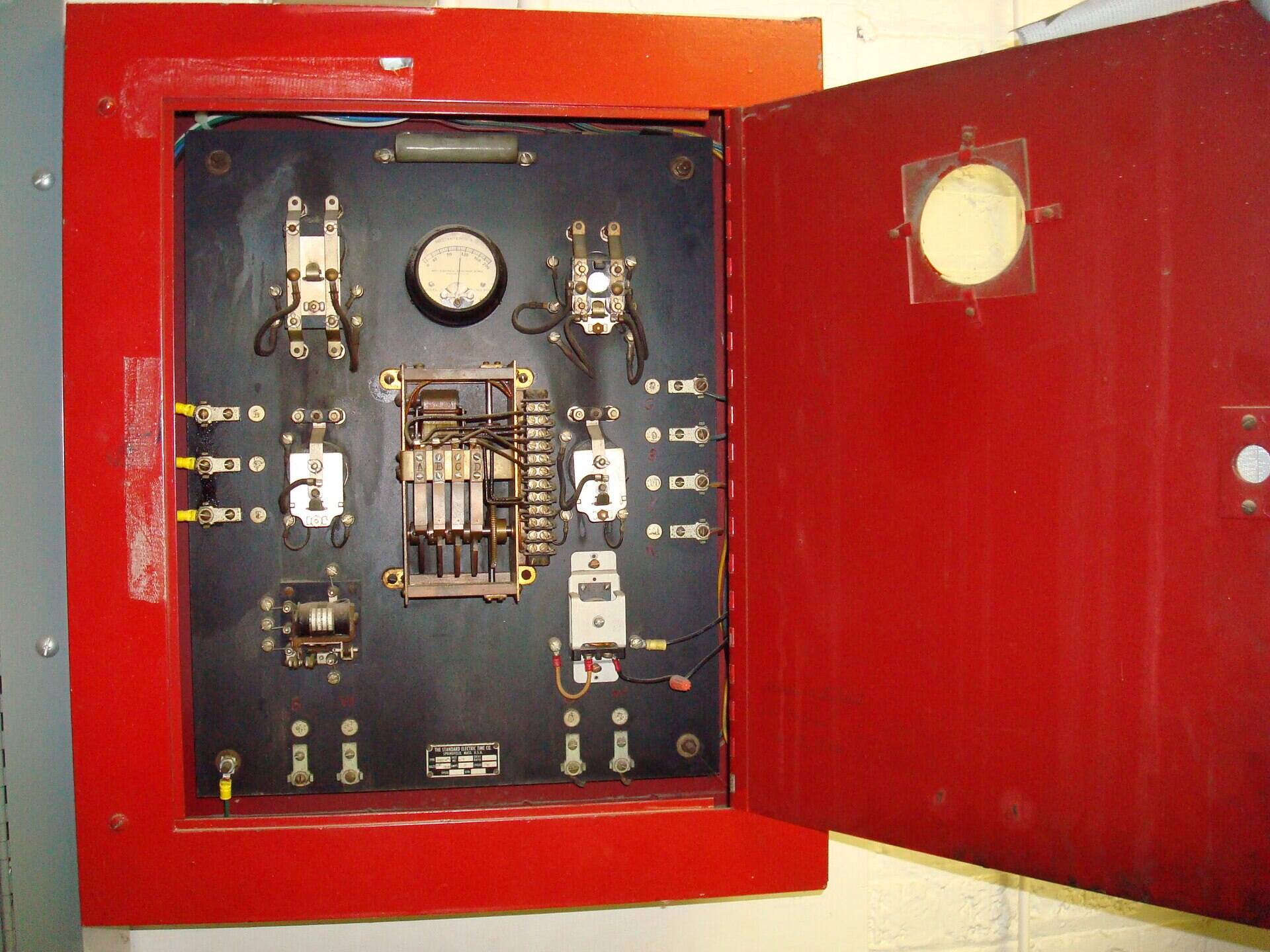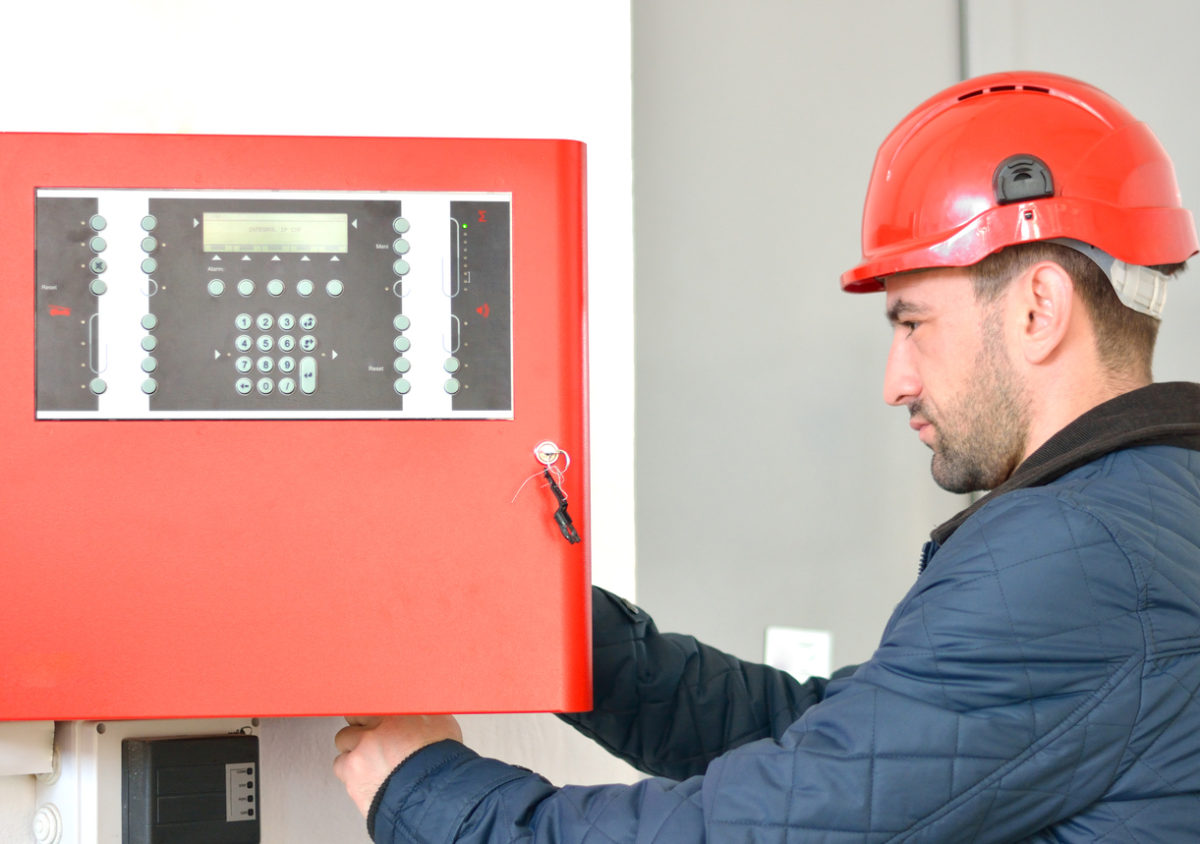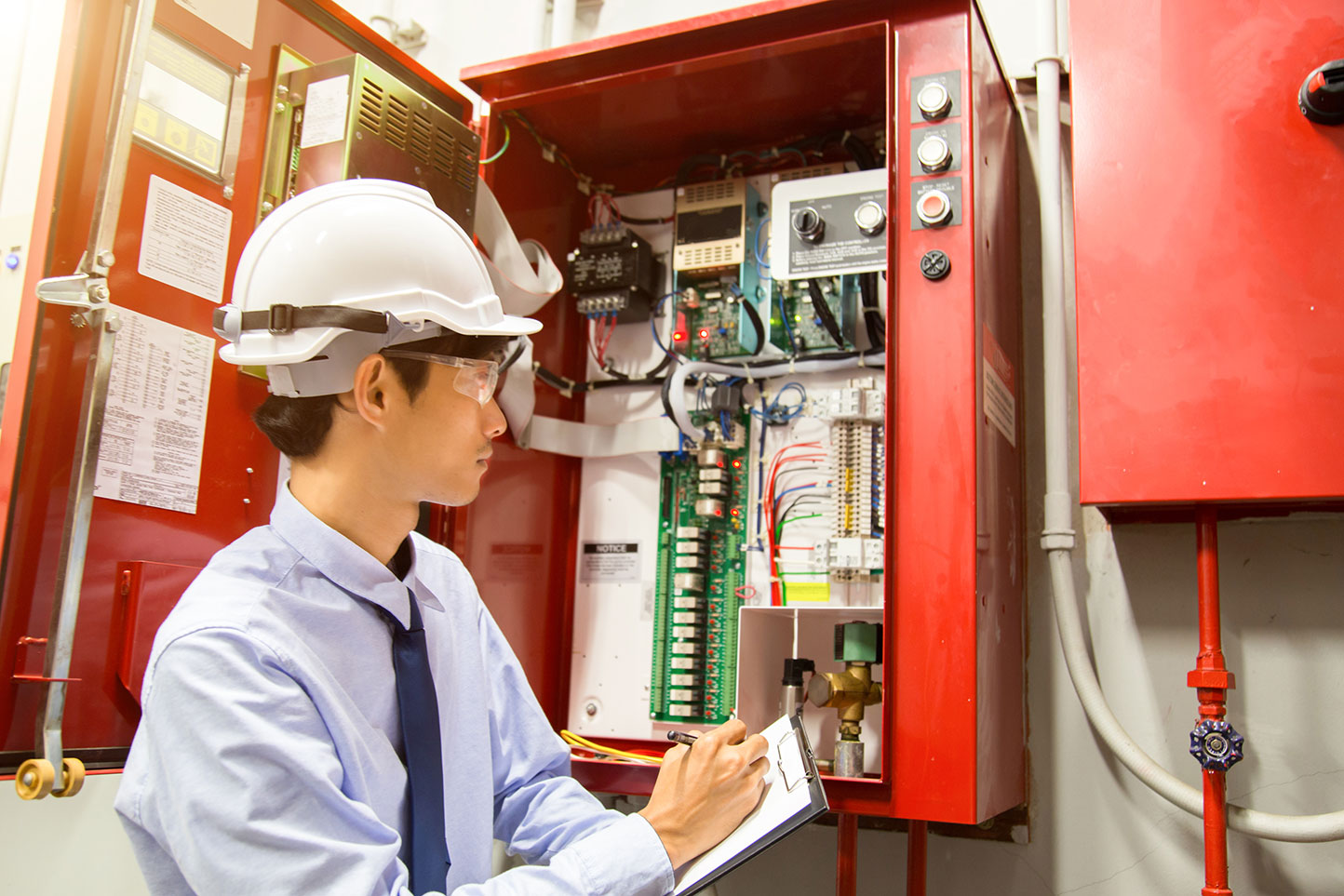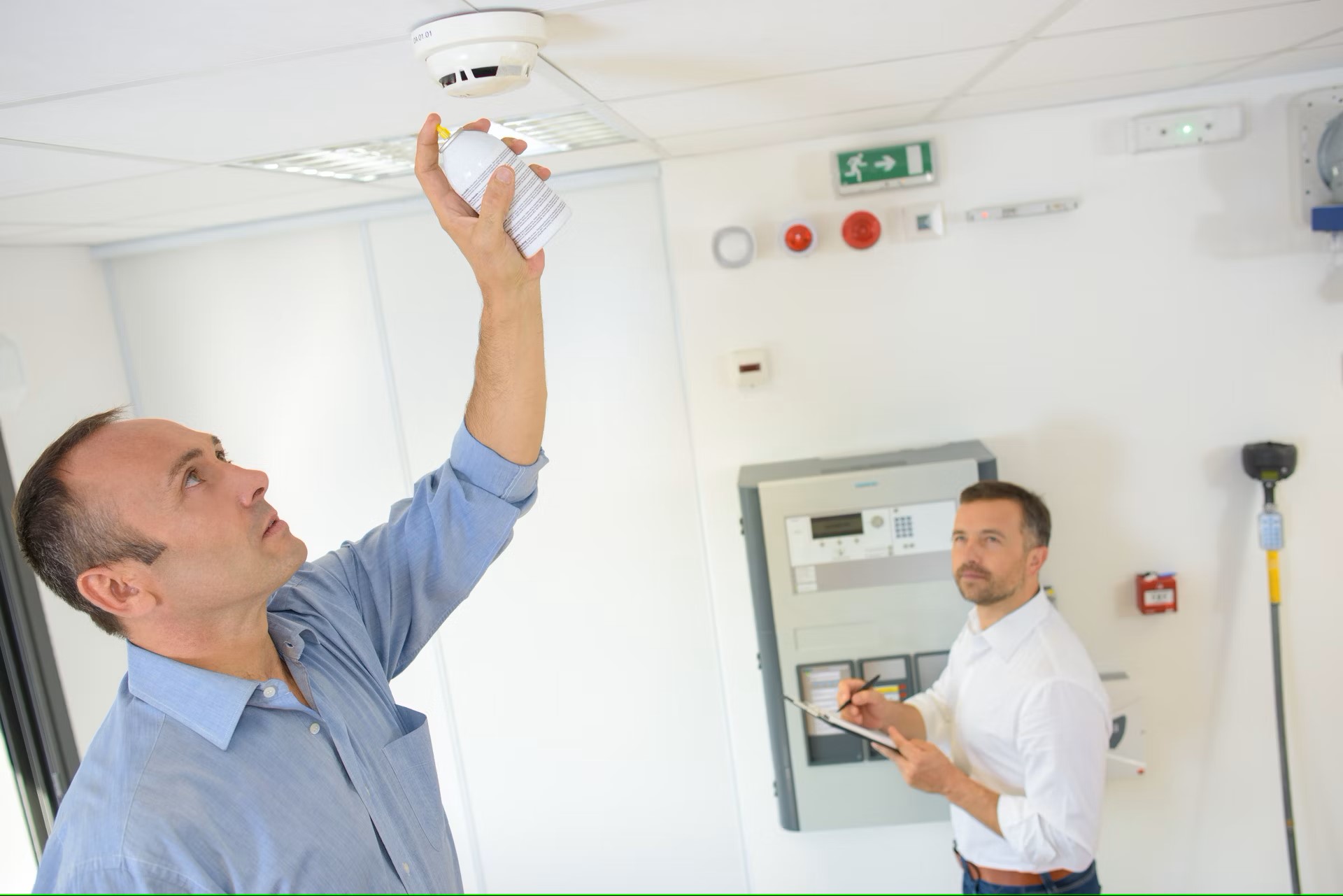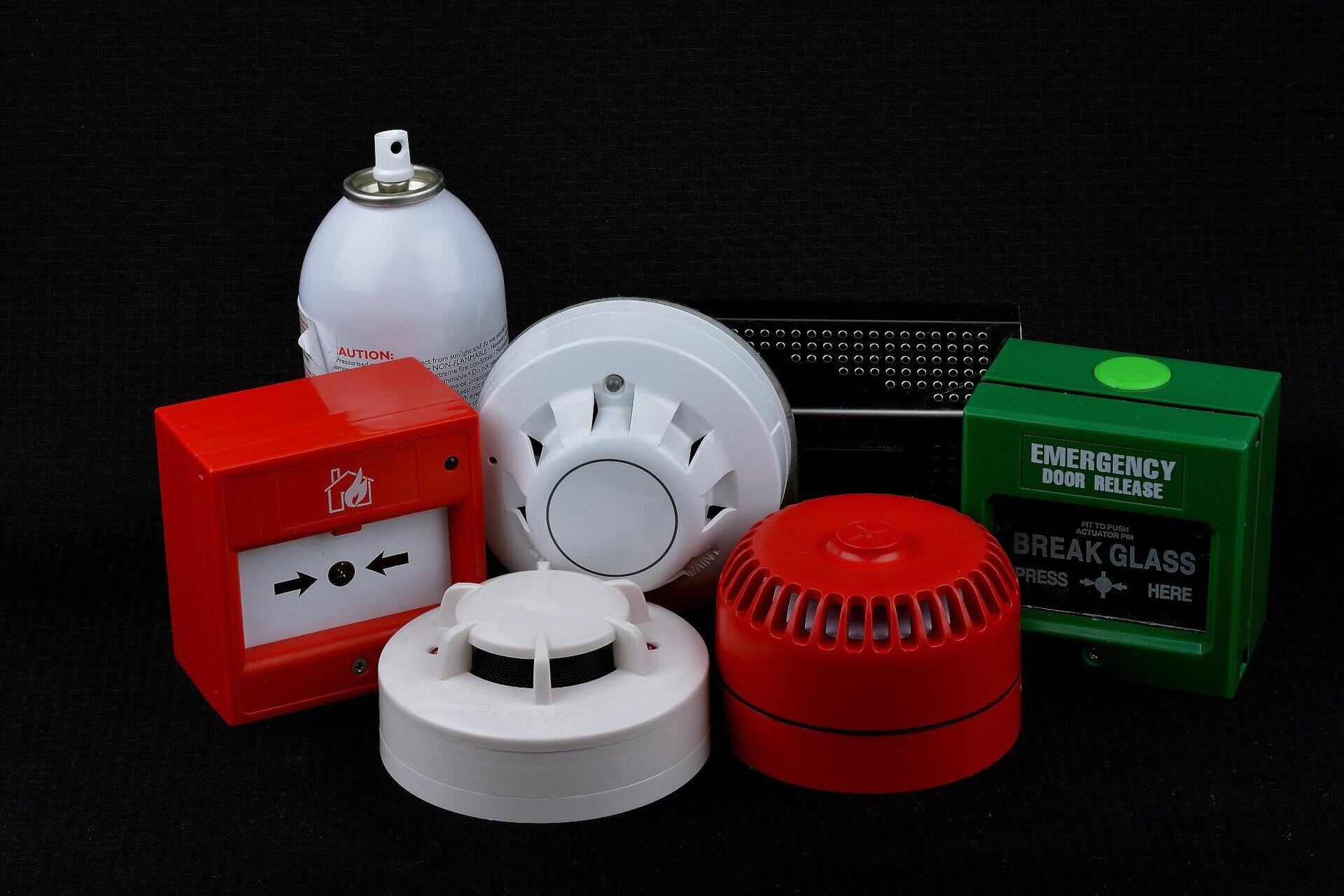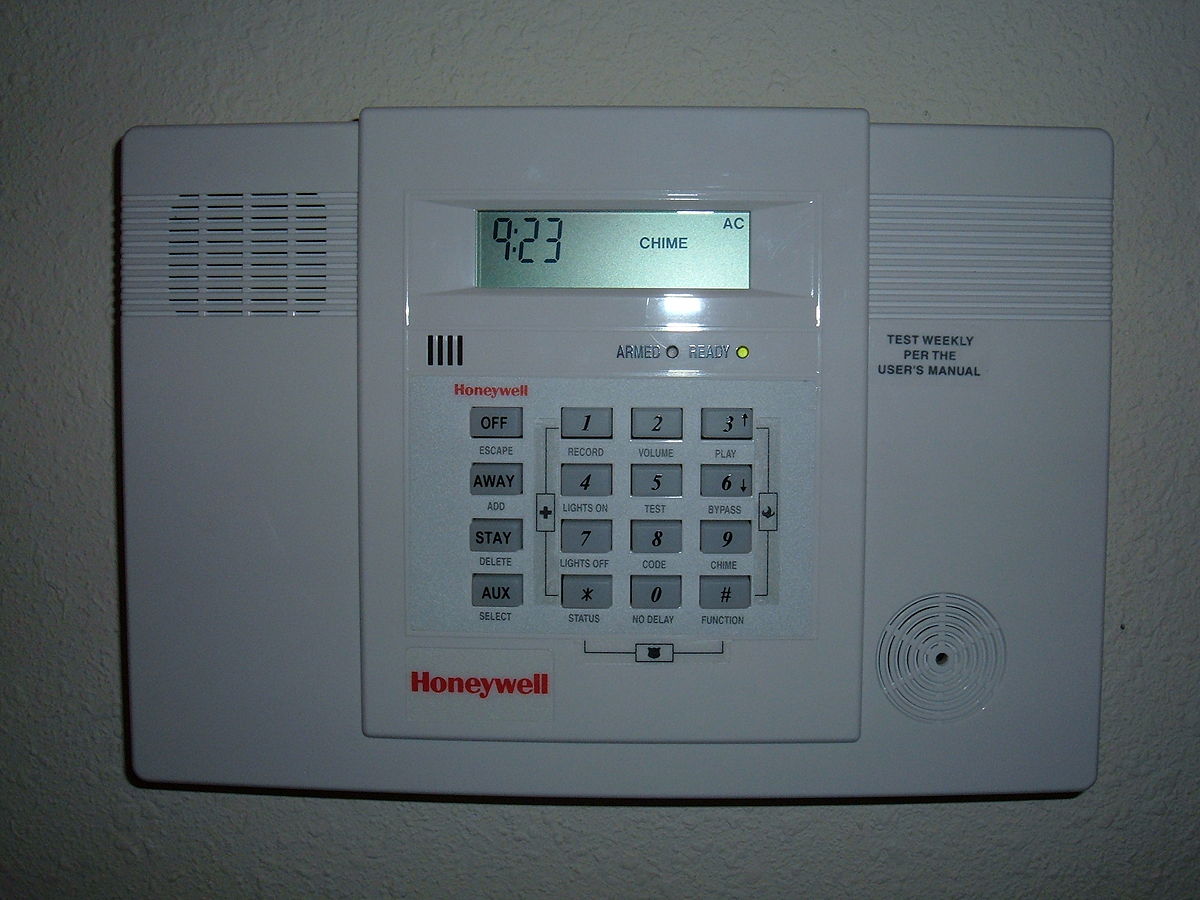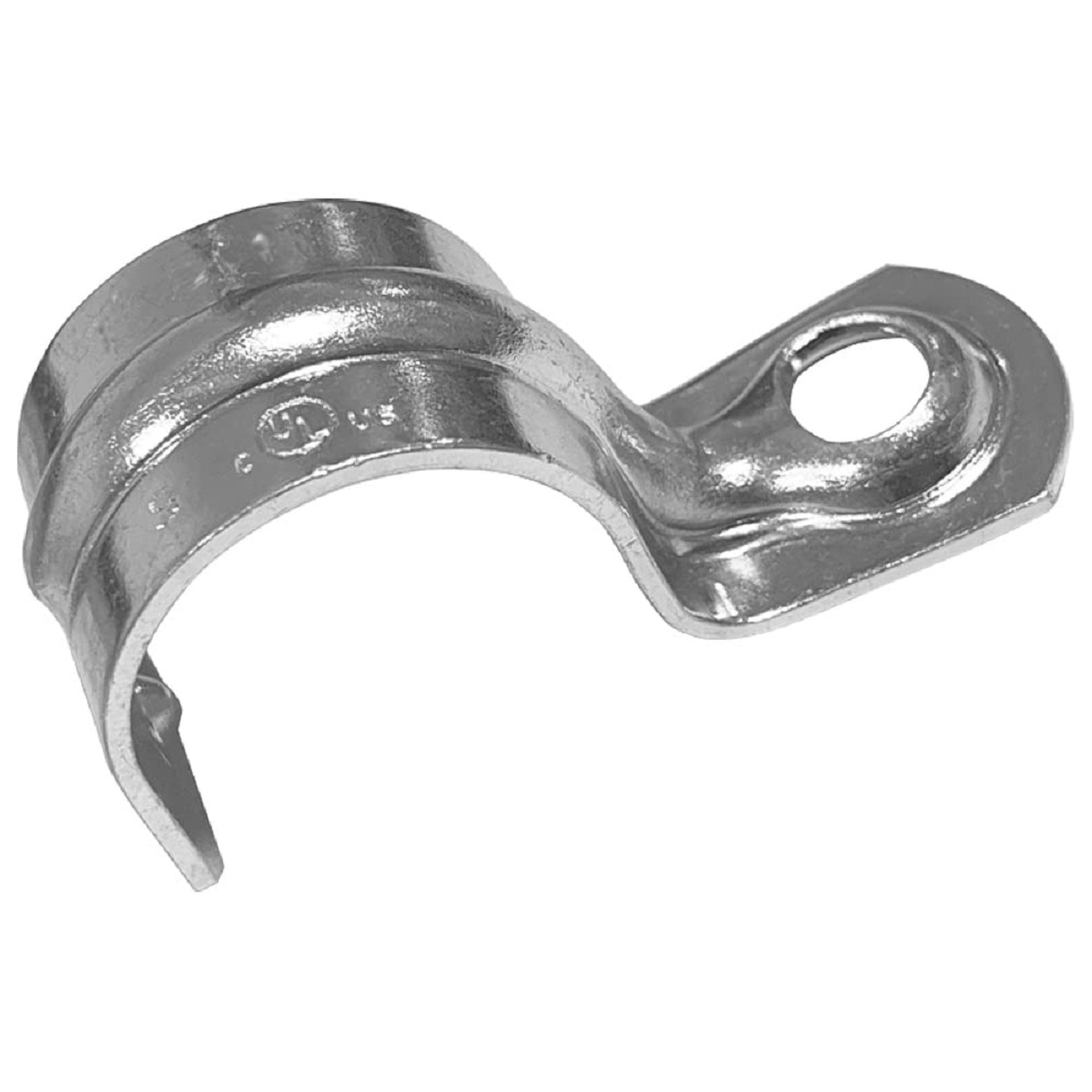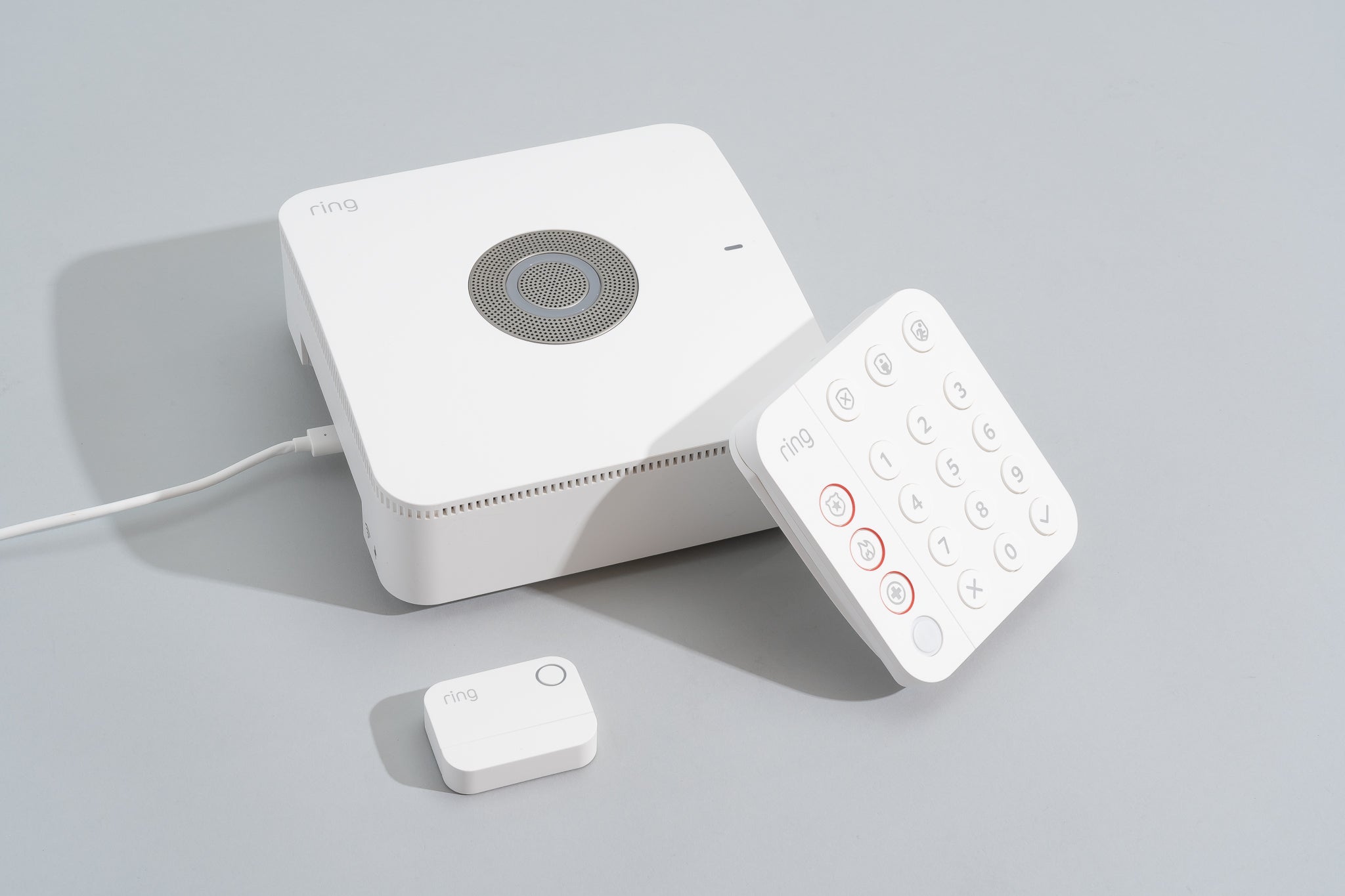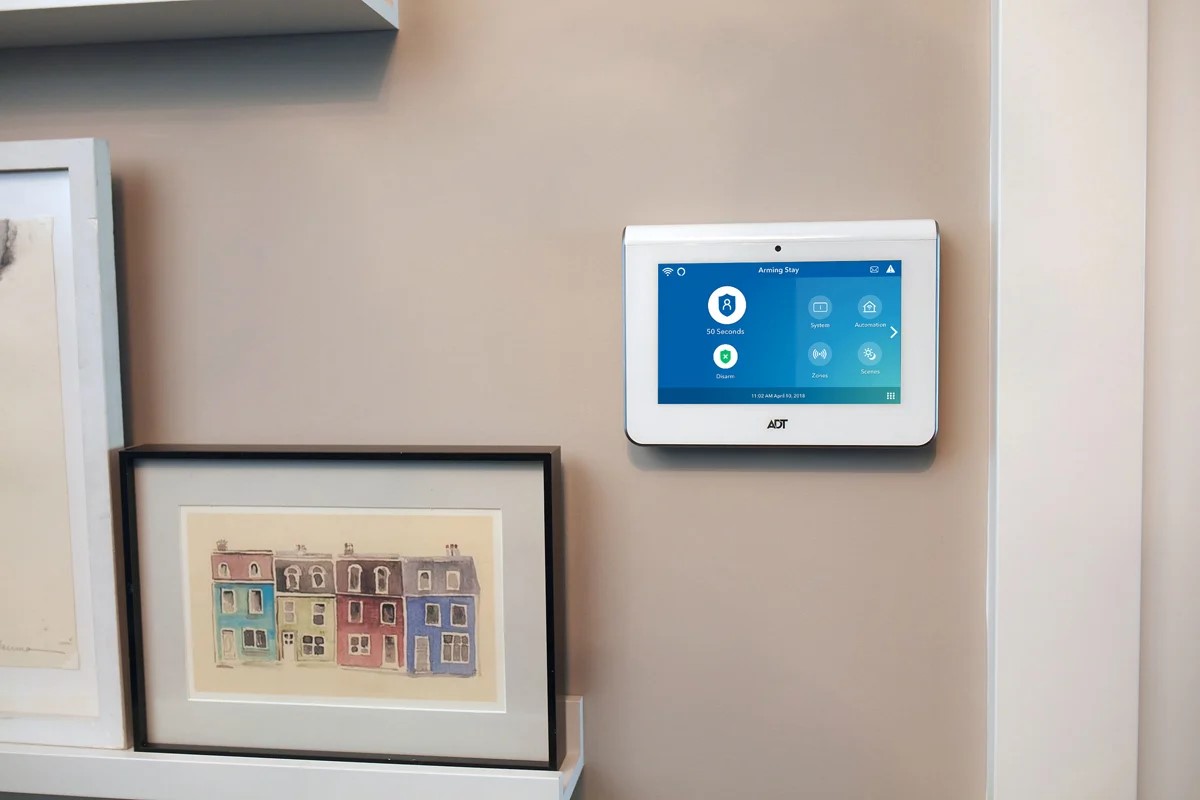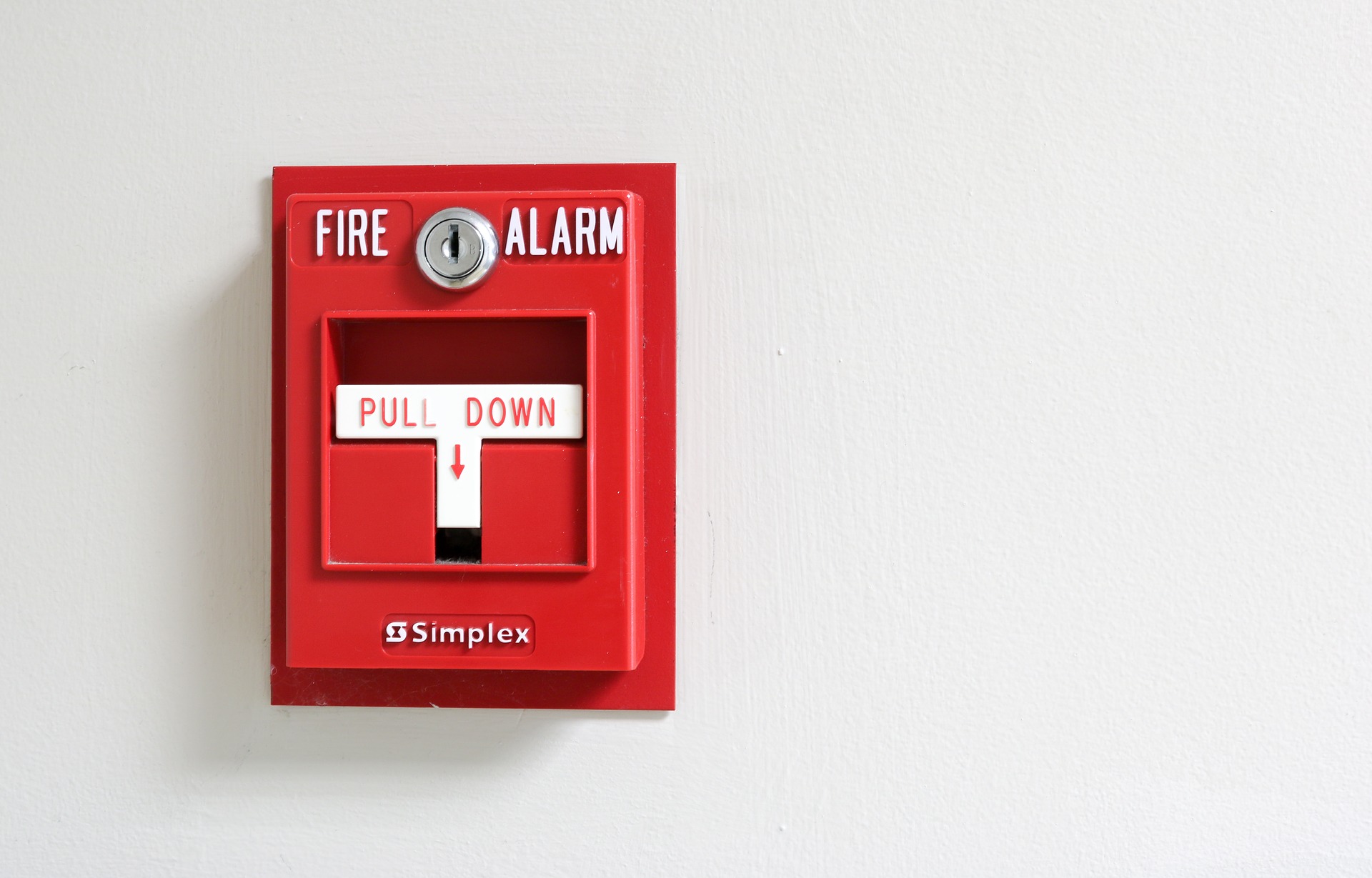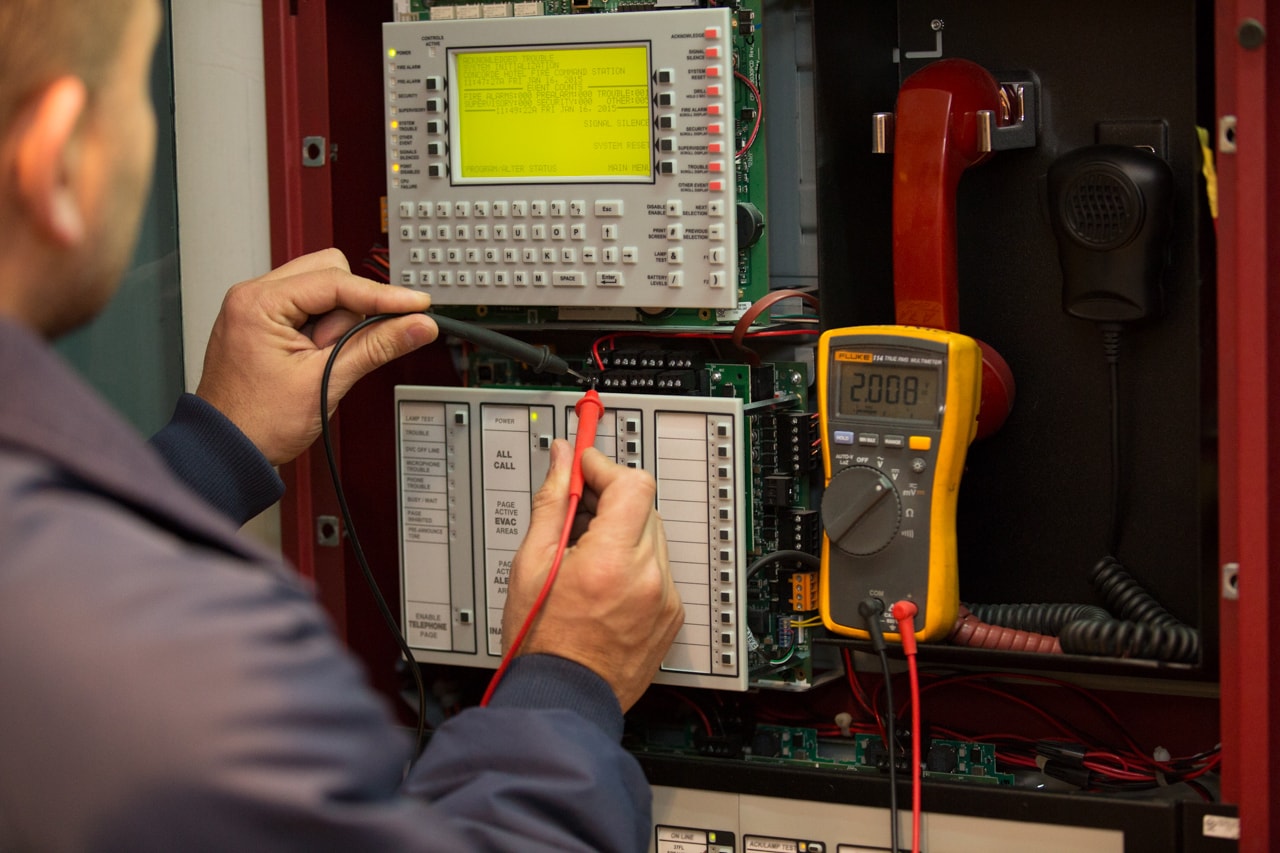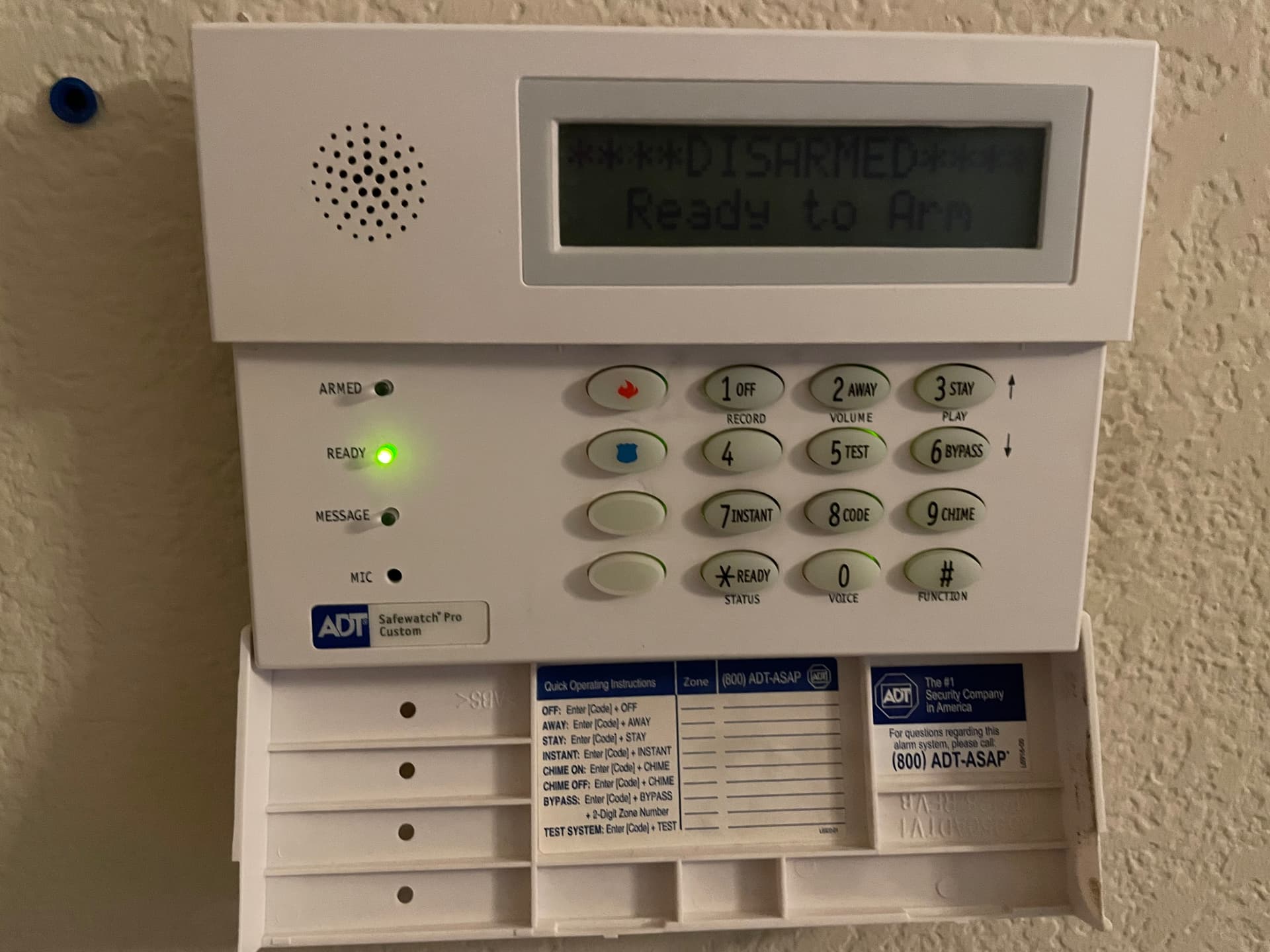Home>Home Security and Surveillance>What Other NFPA Fire Code Has Specific Requirements For Fire Alarm Systems
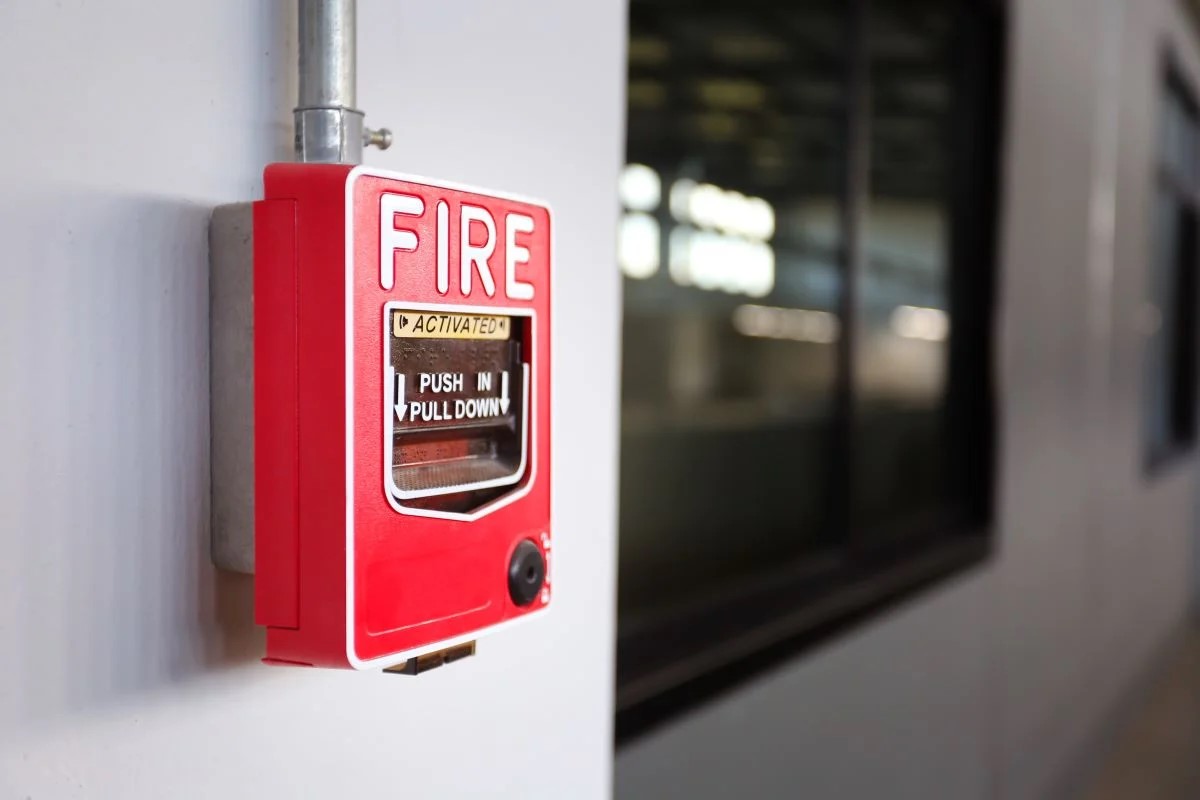

Home Security and Surveillance
What Other NFPA Fire Code Has Specific Requirements For Fire Alarm Systems
Modified: March 6, 2024
Ensure compliance with fire alarm system requirements for home security and surveillance with this NFPA fire code. Protect your property and loved ones with the best practices in place.
(Many of the links in this article redirect to a specific reviewed product. Your purchase of these products through affiliate links helps to generate commission for Storables.com, at no extra cost. Learn more)
Introduction
When it comes to home security and surveillance, having a reliable fire alarm system is absolutely essential. A fire can spread quickly and cause significant damage and loss of life if not detected and addressed promptly. That’s why there are strict codes and regulations in place to ensure that fire alarm systems meet certain standards.
One of the most important sets of codes in the United States is the NFPA (National Fire Protection Association) fire code series. The NFPA has developed a comprehensive set of standards and guidelines to govern various aspects of fire prevention and safety.
In this article, we will focus on one specific NFPA fire code that has specific requirements for fire alarm systems: NFPA 72 – The National Fire Alarm and Signaling Code. We will explore the key provisions of this code and discuss how it impacts the design, installation, testing, and maintenance of fire alarm systems.
By understanding and adhering to the requirements outlined in NFPA 72, homeowners can ensure that their fire alarm systems are up to code and capable of effectively detecting and alerting occupants to the presence of a fire. Let’s dive deeper into the details of NFPA 72 and its significance in ensuring home fire safety.
Key Takeaways:
- NFPA 72, NFPA 101, NFPA 1, and NFPA 4 provide crucial guidelines for designing, testing, and maintaining fire alarm systems. Following these codes ensures reliable early detection and evacuation alerts, enhancing home safety.
- Adhering to NFPA codes is essential for homeowners to ensure their fire alarm systems meet standards. Regular testing, maintenance, and compliance with these codes contribute to effective fire protection and life safety.
Read more: When Are Fire Alarm Systems Required
NFPA 72: National Fire Alarm and Signaling Code
The NFPA 72 is widely recognized as the most comprehensive and widely used standard for fire alarm systems and signaling devices in North America. It provides guidelines for the design, installation, testing, and maintenance of fire alarm systems, as well as the requirements for the performance and reliability of alarm devices and signaling equipment.
The code covers a wide range of topics related to fire alarm systems, including the types of systems and devices that are suitable for different occupancy types, the location and spacing of fire alarm devices, the wiring and power requirements, and the testing and verification procedures.
One of the key features of NFPA 72 is that it emphasizes the importance of a coordinated fire protection system. It recognizes that fire alarms are just one component of a comprehensive fire protection system, which also includes fire sprinklers, smoke detectors, and emergency communications systems. The code requires that these systems be installed and integrated in a way that ensures they work together effectively during an emergency.
The NFPA 72 also addresses the specific requirements for different types of occupancy. It provides guidelines for residential buildings, commercial buildings, industrial facilities, healthcare facilities, and more. This ensures that the fire alarm systems in these different settings are tailored to the specific risks and needs of the occupants.
Furthermore, the code outlines the procedures for testing and inspecting fire alarm systems to ensure their ongoing reliability. It specifies the frequency and types of tests that should be performed, such as functional testing, sensitivity testing for smoke detectors, and testing of notification appliances (such as horns and strobes).
Overall, the NFPA 72 plays a crucial role in establishing the minimum requirements for fire alarm systems, ensuring that they are properly designed, installed, and maintained. By adhering to the code’s provisions, homeowners can have confidence that their fire alarm systems are capable of alerting them and their loved ones in the event of a fire, allowing for prompt evacuation and minimizing the potential for casualties and property damage.
NFPA 101: Life Safety Code
The NFPA 101, also known as the Life Safety Code, is another crucial set of regulations developed by the National Fire Protection Association. While NFPA 72 primarily focuses on fire alarm systems and signaling devices, NFPA 101 takes a more comprehensive approach to ensure the overall life safety of occupants in various types of buildings.
This code addresses a wide range of safety measures, including fire protection, means of egress, occupant load limits, building construction requirements, and much more. Fire alarm systems are an integral part of the life safety provisions outlined in NFPA 101.
One key aspect of the Life Safety Code is the requirement for emergency lighting and exit signage in buildings. These features are crucial for guiding occupants to safety in the event of a fire. NFPA 101 specifies the necessary illumination levels, placement, and functionality of emergency lighting and exit signs to ensure clear and visible pathways to exits.
Additionally, NFPA 101 outlines requirements for fire detection and notification systems. This includes not only fire alarm systems but also their integration with other life safety systems such as automatic sprinklers and emergency communications systems. The code emphasizes the importance of reliable and timely detection, alerting, and evacuation measures to safeguard the lives of occupants.
NFPA 101 also considers factors such as the specific occupancy type, building size, and the number of occupants when determining the requirements for fire alarm systems. For example, different standards may apply to hotels, hospitals, or high-rise buildings due to varying risks and challenges in each setting.
Ultimately, NFPA 101 seeks to establish a comprehensive framework for life safety that covers not only fire protection but also other critical aspects such as means of egress, accessibility, and emergency preparedness. It ensures that buildings are designed, constructed, and maintained in a way that minimizes the potential for harm to occupants in various emergency situations, including fires.
By adhering to the provisions of NFPA 101, homeowners can ensure that their fire alarm systems are installed and maintained in accordance with the broader life safety requirements, providing peace of mind and enhancing the overall safety of their homes.
NFPA 1: Fire Code
The NFPA 1, also known as the Fire Code, is a comprehensive set of fire safety regulations developed by the National Fire Protection Association. While NFPA 72 focuses on fire alarm systems and NFPA 101 focuses on life safety, NFPA 1 provides a broader scope by addressing fire prevention, fire protection measures, and operational requirements.
The Fire Code covers a wide range of topics, including fire suppression systems, fire extinguishers, fire safety inspections, hazardous materials storage and handling, emergency planning, and fire department access and water supply requirements. It provides guidelines for both residential and commercial settings, ensuring that buildings are equipped with the necessary measures to prevent and respond to fires effectively.
One important aspect addressed by NFPA 1 is the requirement for fire alarm systems in various types of buildings. It provides guidance on the installation, maintenance, and testing of fire alarm equipment to ensure its proper functionality. The code also outlines the specific requirements for fire alarm monitoring, which involves connecting fire alarm systems to a monitoring center that can promptly notify the fire department in case of an emergency.
Furthermore, NFPA 1 emphasizes the need for fire drills and emergency response plans. It specifies the frequency and procedures for conducting fire drills in different occupancy types, ensuring that occupants are prepared and trained to respond appropriately in the event of a fire. The code also requires the development and implementation of emergency response plans that outline evacuation procedures, communication protocols, and coordination with emergency services.
In addition to fire alarm systems, NFPA 1 addresses other fire protection measures, such as the installation and maintenance of fire sprinkler systems. It establishes guidelines for sprinkler system design, water supply requirements, inspection, and testing procedures. The code also provides detailed instructions for the placement, size, and accessibility of fire extinguishers and other portable fire suppression equipment.
The NFPA 1 Fire Code ensures that buildings are equipped with the necessary fire protection measures, including fire alarm systems, to mitigate the risk of fire incidents and to provide a safe environment for occupants. By complying with the provisions of NFPA 1, homeowners can help to ensure the safety of their homes and reduce the potential for property damage and loss of life in the event of a fire.
Check NFPA 72 for specific requirements for fire alarm systems. This code provides guidelines for the installation, testing, and maintenance of fire alarm systems to ensure they function properly in the event of a fire.
NFPA 4: Standard for Integrated Fire Protection and Life Safety System Testing
The NFPA 4, also known as the Standard for Integrated Fire Protection and Life Safety System Testing, is an essential code developed by the National Fire Protection Association to address the testing and verification of integrated fire protection and life safety systems. This standard recognizes the significance of ensuring the effectiveness and reliability of interconnected systems in protecting occupants and property from fire-related risks.
Integrated fire protection and life safety systems refer to the combination of various fire safety measures, including fire alarm systems, sprinkler systems, fire suppression systems, emergency communication systems, and other related systems. These systems work in concert to detect, notify, suppress, and evacuate in the event of a fire or emergency.
The NFPA 4 provides guidelines for testing and evaluating the functionality and performance of integrated systems to ensure their proper operation during an emergency. It emphasizes the need for integrated testing and defines a systematic approach to assess the overall effectiveness and reliability of the interconnected systems.
This standard lays out procedures and criteria for testing and inspecting integrated systems, emphasizing the importance of proper documentation, functional testing, and coordination between different systems. It includes guidelines for conducting pre-functional checks, integrated system testing, and ongoing maintenance and retesting to ensure that the integrated systems operate as intended.
NFPA 4 recognizes that an integrated approach is crucial to achieve effective fire protection and life safety outcomes. Through integrated testing, any potential flaws or inefficiencies in the interconnected systems can be identified and corrected promptly. This ensures that all components of the system work together seamlessly to meet the required level of fire protection and life safety.
Moreover, this standard also highlights the importance of collaboration among various stakeholders, such as system designers, installers, owners, and authorities having jurisdiction (AHJs). It promotes active communication and coordination throughout the testing and verification process to ensure a comprehensive and successful implementation of integrated fire protection and life safety systems.
By adhering to the provisions of NFPA 4, homeowners can ensure that their integrated fire protection and life safety systems are thoroughly tested, properly documented, and maintained to operate reliably in case of a fire or emergency. Implementing regular testing and adhering to these guidelines can significantly enhance the effectiveness of these interconnected systems, providing greater confidence in their ability to protect both occupants and property from fire-related risks.
Read more: How To Troubleshoot Fire Alarm Systems
NFPA 72: National Fire Alarm and Signaling Code – Testing and Inspection Requirements
The NFPA 72, also known as the National Fire Alarm and Signaling Code, not only provides guidelines for fire alarm system design but also details the testing and inspection requirements to ensure the ongoing reliability and performance of these systems. Regular testing and inspections are essential to ensure that fire alarm systems are functioning properly and capable of detecting and alerting occupants to the presence of a fire. Let’s explore the key testing and inspection requirements outlined in NFPA 72.
One important aspect of testing is the functional testing of fire alarm system components. This includes testing the operation of smoke detectors, heat detectors, flame detectors, notification devices (such as horns, strobes, and speakers), control panels, and communication pathways. The code specifies the frequency and methods for conducting functional testing, ensuring that all components are functioning as intended.
Another crucial requirement is the sensitivity testing of smoke detectors. Smoke detectors play a vital role in early fire detection, and their sensitivity levels need to be regularly assessed to ensure proper operation. NFPA 72 provides guidance on the frequency and procedures for conducting sensitivity testing, which involves verifying that the detectors can properly respond to the presence of smoke.
In addition to functional and sensitivity testing, NFPA 72 requires that fire alarm systems undergo regular inspections. These inspections involve verifying the proper installation and wiring of devices, checking for any physical damage or obstructions, and ensuring that backup power supplies (such as batteries) are functioning correctly. The code specifies the frequency of these inspections, which can vary depending on factors such as the occupancy type and system complexity.
Furthermore, NFPA 72 also addresses the testing and inspection of emergency communication systems (ECS). These systems serve as a critical means of communication during emergencies and include features such as voice evacuation systems and public address systems. The code provides guidelines for testing the audibility and intelligibility of these systems, ensuring that they can effectively provide emergency notifications and instructions to occupants.
Overall, NFPA 72’s testing and inspection requirements are vital for maintaining the ongoing functionality and reliability of fire alarm systems. By conducting regular functional tests, sensitivity testing, and inspections, homeowners can have peace of mind knowing that their fire alarm systems are capable of detecting and alerting them to potential fires. Adhering to these requirements, in conjunction with proper maintenance and documentation, can help ensure the optimal performance of fire alarm systems and enhance the overall fire safety of residential and commercial properties.
NFPA 72: National Fire Alarm and Signaling Code – Fire Alarm System Design Requirements
Designing an effective fire alarm system is crucial for ensuring the safety of occupants in residential and commercial buildings. The NFPA 72, also known as the National Fire Alarm and Signaling Code, provides comprehensive guidance and requirements for fire alarm system design. Let’s delve into the key design requirements outlined in NFPA 72.
The code highlights the importance of understanding the specific needs and risks of a building when designing a fire alarm system. It emphasizes the need for a thorough analysis of the occupancy type, building size, and potential hazards to determine the appropriate design parameters.
One essential aspect of fire alarm system design is the determination of the proper type and quantity of fire detection devices. NFPA 72 specifies the spacing, location, and type of devices, such as smoke detectors, heat detectors, and flame detectors, based on factors like occupancy type and area classification. These requirements ensure effective coverage and early detection of fires.
In addition to detection devices, NFPA 72 addresses the design of notification devices, which include audible and visual signaling appliances. The code provides guidelines on their placement, audibility levels, and visual coverage to ensure that occupants can promptly receive and respond to fire alarm signals.
The code also focuses on the design of fire alarm control panels. These panels serve as the central command for the fire alarm system and require careful design consideration. NFPA 72 specifies the necessary functionality, interface requirements, and backup power supply provisions to ensure reliable control and operation of the fire alarm system.
Furthermore, NFPA 72 emphasizes the importance of proper wiring and power requirements for fire alarm systems. It provides guidelines for the size, type, and routing of wiring to ensure reliable communication between system components. The code also addresses the need for backup power supplies, such as batteries or generators, to ensure system operation during power outages.
The NFPA 72 also encourages the integration of fire alarm systems with other building systems, such as sprinkler systems and emergency communication systems. The code provides requirements and recommendations for seamless integration to improve overall fire protection and life safety.
By adhering to the fire alarm system design requirements outlined in NFPA 72, homeowners can ensure that their fire alarm systems are designed and installed to the highest standards. Compliance with these requirements enhances the effectiveness of fire detection, notification, and response, providing occupants with early warning and valuable time to evacuate in the event of a fire. A well-designed fire alarm system can significantly mitigate the risks associated with fires and enhance the safety of both residential and commercial properties.
Conclusion
Ensuring the safety of your home and loved ones is of utmost importance, and having a robust fire alarm system is a critical component of a comprehensive home security and surveillance plan. Understanding and adhering to the codes and regulations set forth by the NFPA is essential to ensure that your fire alarm system meets the necessary standards and requirements.
The NFPA codes we have discussed in this article – NFPA 72, NFPA 101, NFPA 1, NFPA 4 – encompass a wide range of fire protection and life safety measures, including fire alarm system design, testing and inspection requirements, and integrated system testing. By complying with these codes, you can enhance the effectiveness and reliability of your fire alarm system, ultimately contributing to the overall safety of your home.
Investing in a high-quality fire alarm system and following the guidelines set forth by the NFPA can provide you with peace of mind. Fire alarm systems that meet the standards outlined in these codes can provide early detection of fires, prompt evacuation alerts, and coordination with emergency services, minimizing casualties and property damage.
However, it is crucial to remember that fire safety is not solely reliant on the fire alarm system. It is equally important to practice preventative measures such as proper storage and handling of flammable materials, regular maintenance of electrical systems, and ensuring clear and accessible pathways for evacuation.
Additionally, regular testing and maintenance of your fire alarm system are essential to ensure its ongoing functionality. Conducting functional tests, sensitivity testing of smoke detectors, and regular inspections in accordance with the NFPA codes can help identify any issues and address them promptly.
In conclusion, by understanding and implementing the guidelines set forth in the NFPA codes, homeowners can enhance the fire protection and life safety of their properties. A well-designed, regularly tested, and properly maintained fire alarm system is an invaluable asset that can significantly reduce the risk of fires and their potential consequences. Prioritizing fire safety and staying updated with the latest codes and regulations will help you maintain a secure and protected home environment for yourself and your loved ones.
Frequently Asked Questions about What Other NFPA Fire Code Has Specific Requirements For Fire Alarm Systems
Was this page helpful?
At Storables.com, we guarantee accurate and reliable information. Our content, validated by Expert Board Contributors, is crafted following stringent Editorial Policies. We're committed to providing you with well-researched, expert-backed insights for all your informational needs.
